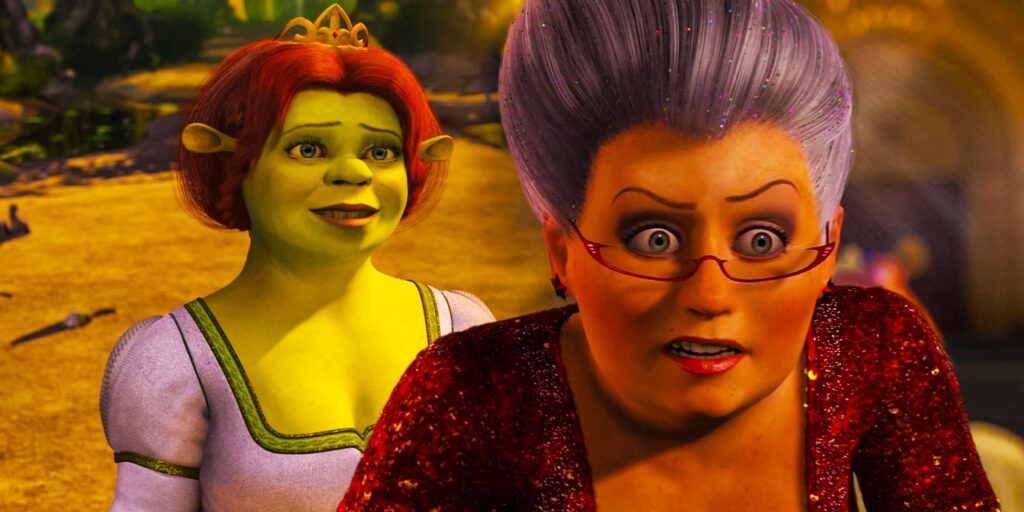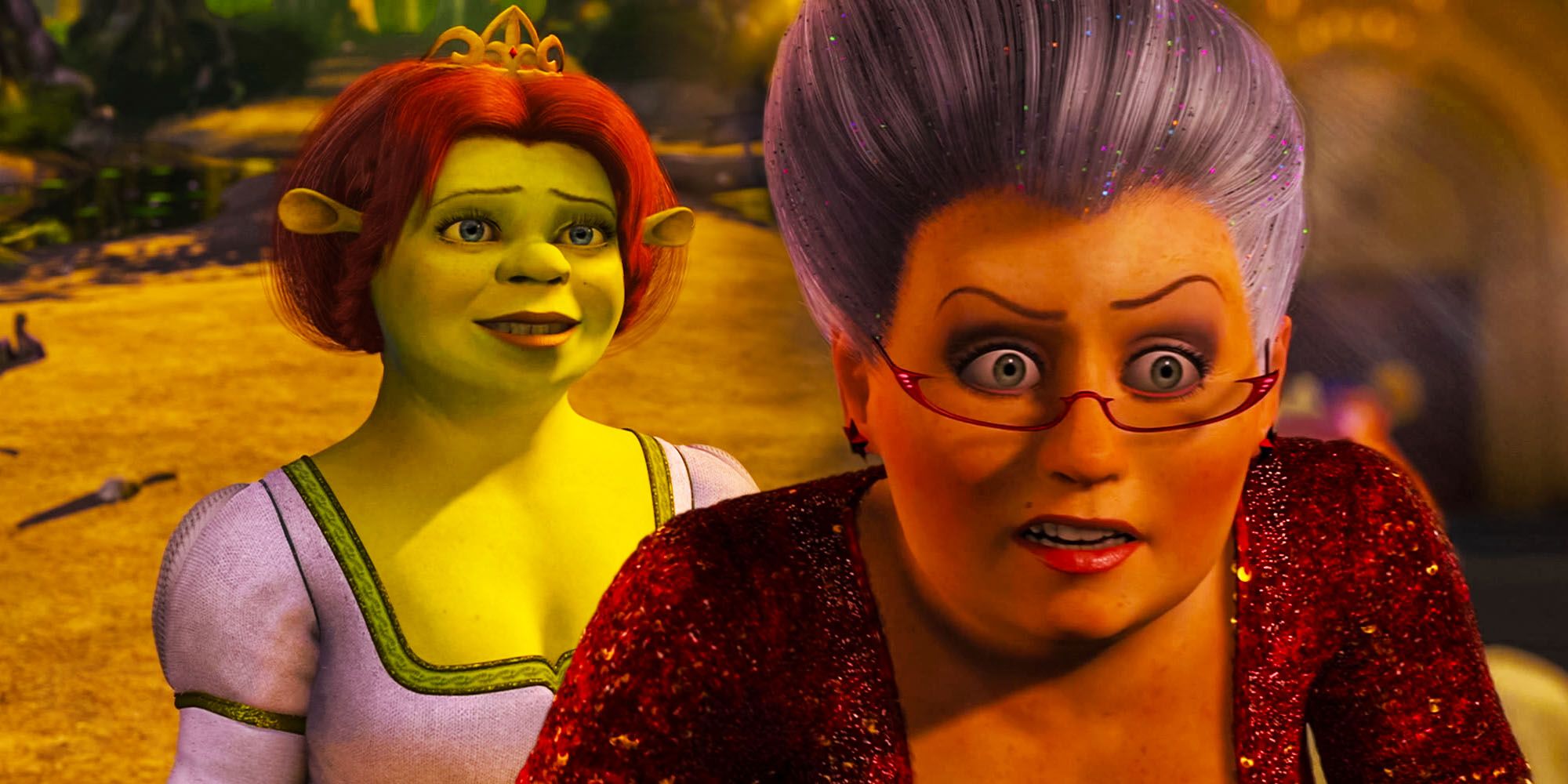
Exploring Fiona as a Human: Deconstructing the Ogre Stereotype
Princess Fiona, the iconic character from the Shrek franchise, is initially presented as the epitome of a damsel in distress. However, her transformation, or rather, revelation, as an ogre challenges conventional fairy tale tropes and prompts a deeper examination of beauty, identity, and societal expectations. This article delves into the complexities of Fiona as a human, both literally and figuratively, exploring how her human form represents not just physical appearance but also the societal pressures she faces.
The initial portrayal of Fiona, voiced by Cameron Diaz, reinforces the classic princess archetype. Beautiful, graceful, and seemingly destined for a life of royal privilege, she embodies the fairy tale ideal. This image is carefully constructed and maintained, reflecting the expectations placed upon her by her kingdom and her own desire to fulfill her perceived destiny. The curse that transforms her into an ogre each night acts as a metaphor for the hidden aspects of oneself that are often suppressed or concealed due to societal pressures. The underlying narrative is about accepting oneself, flaws and all, but the concept of Fiona as a human remains a central theme throughout the series.
The Curse and the Mask: Understanding Fiona’s Two Forms
The curse placed upon Fiona dictates that she transforms into an ogre each night, reverting to her human form during the day. This duality is not merely a plot device; it’s a powerful representation of the internal conflict between her true self and the image she feels compelled to project. Her human form becomes a mask, a carefully crafted facade designed to meet the expectations of her kingdom and Prince Charming, the supposed hero destined to break her curse. The struggle to maintain this facade highlights the emotional toll of conforming to societal norms and suppressing one’s true identity. Understanding Fiona as a human, therefore, necessitates recognizing the burden of this imposed identity.
The transformation into an ogre, initially perceived as a curse, gradually becomes a symbol of liberation for Fiona. It allows her to embrace her strength, her independence, and her true nature, free from the constraints of societal expectations. However, the desire to be seen as beautiful, as human, persists, reflecting the deeply ingrained societal preference for conventional beauty. The choice she ultimately makes to remain an ogre with Shrek is a powerful statement about self-acceptance and the rejection of superficial values. [See also: Shrek’s Impact on Animated Film]
The Societal Pressure of Appearance and Identity
The story of Fiona as a human is inextricably linked to the societal pressure surrounding appearance and identity. Her initial desire to break the curse and remain in her human form stems from the belief that being human is inherently superior, more desirable, and more worthy of love. This belief is reinforced by the fairy tale narratives she has grown up with, which consistently portray princesses as beautiful and damsels in need of rescue. The narrative challenges this notion by demonstrating that true beauty lies not in physical appearance but in inner strength, kindness, and self-acceptance.
The film subtly critiques the superficiality of societal beauty standards, highlighting the unrealistic expectations placed upon women to conform to a narrow definition of beauty. Fiona’s journey of self-discovery encourages viewers to question these standards and to embrace their own unique qualities, regardless of how they conform to conventional norms. The concept of Fiona as a human versus Fiona as an ogre becomes a symbolic representation of the tension between societal expectations and individual identity.
Fiona’s Choice: Embracing Ogrehood and Rejecting Superficiality
The climax of the first Shrek film sees Fiona faced with a crucial decision: to remain human and live a life dictated by societal expectations or to embrace her ogre form and live authentically with Shrek. Her choice to remain an ogre is a powerful act of self-acceptance and a rejection of the superficial values that have shaped her life. It signifies her understanding that true happiness lies not in conforming to societal norms but in embracing one’s true self and finding love and acceptance with someone who appreciates them for who they are.
This decision is particularly significant because it subverts the traditional fairy tale ending, where the princess is rescued by the prince and lives happily ever after in her human form. Instead, Fiona chooses to embrace her perceived flaws and imperfections, demonstrating that true love and happiness are not contingent upon physical appearance. The narrative suggests that the most authentic and fulfilling life is one lived in accordance with one’s true self, regardless of societal expectations. The journey of Fiona as a human culminates in the acceptance of her ogre self, highlighting the power of self-love and the rejection of superficiality. [See also: The Evolution of Fairy Tale Princesses]
Analyzing Fiona’s Human Appearance: Beauty Standards and Expectations
A critical examination of Fiona as a human requires analyzing her physical appearance within the context of prevailing beauty standards. Her human form embodies the conventional ideal of a fairy tale princess: fair skin, flowing red hair, and delicate features. This idealized image reinforces the societal preference for certain physical characteristics and perpetuates the notion that beauty is synonymous with these traits. The film challenges this notion by juxtaposing Fiona’s human form with her ogre form, demonstrating that true beauty transcends physical appearance.
The initial attraction between Fiona and Prince Charming is based solely on their physical appearance, highlighting the superficiality of relationships built on such foundations. Charming is drawn to Fiona’s beauty as a human, but he is repulsed by her ogre form, demonstrating his inability to see beyond the surface. This contrast underscores the importance of valuing inner qualities over external appearance and challenges the societal pressure to prioritize physical beauty in relationships. The true connection between Fiona and Shrek, on the other hand, is built on mutual understanding, acceptance, and shared values, transcending their physical differences. The exploration of Fiona as a human serves as a commentary on the pitfalls of judging individuals based solely on their appearance.
The Symbolism of Transformation: Beyond Physical Appearance
The transformation between Fiona as a human and Fiona as an ogre is rich in symbolism, representing not just physical changes but also emotional and psychological transformations. The curse that forces her to alternate between these two forms can be interpreted as a metaphor for the internal struggles we all face in reconciling our true selves with the expectations of others. It highlights the pressure to conform to societal norms and the challenges of embracing our individuality.
The ogre form, initially perceived as undesirable, gradually becomes a symbol of strength, independence, and authenticity for Fiona. It allows her to shed the constraints of her princess persona and to embrace her true nature, free from the judgments and expectations of others. The human form, while initially desired, ultimately represents a life of conformity and superficiality. The transformation, therefore, becomes a journey of self-discovery and a rejection of the societal pressures that have shaped her identity. The choice to remain an ogre signifies a commitment to living authentically and embracing one’s true self, regardless of external appearances. [See also: The Psychology of Fairy Tale Characters]
Fiona’s Legacy: Challenging Fairy Tale Conventions
Fiona’s character has had a significant impact on the portrayal of princesses in popular culture, challenging traditional fairy tale conventions and paving the way for more diverse and empowering representations of female characters. Her story encourages viewers to question societal norms and to embrace their own unique qualities, regardless of how they conform to conventional beauty standards. The exploration of Fiona as a human and Fiona as an ogre provides a valuable lesson about self-acceptance, the rejection of superficiality, and the importance of valuing inner qualities over external appearances.
The lasting legacy of Fiona as a human lies in her ability to inspire viewers to embrace their true selves and to challenge the societal pressures that often dictate their identity. Her journey of self-discovery serves as a reminder that true happiness lies not in conforming to external expectations but in embracing one’s unique qualities and finding love and acceptance with those who appreciate them for who they are. The Shrek franchise, through the character of Fiona, has made a significant contribution to the ongoing conversation about beauty, identity, and self-acceptance in contemporary society. The concept of Fiona as a human continues to be relevant in discussions surrounding body image and societal expectations.
In conclusion, understanding Fiona as a human is not just about analyzing her physical appearance; it’s about deconstructing the societal pressures and expectations that have shaped her identity. Her journey of self-discovery and her ultimate choice to embrace her ogre form represent a powerful message of self-acceptance and a rejection of the superficial values that often dictate our perceptions of beauty and worth. Fiona as a human and her transformation offers a valuable lesson about embracing one’s true self and finding happiness in authenticity.

